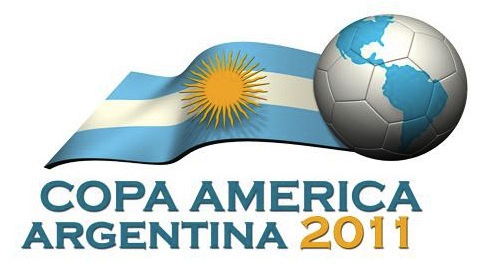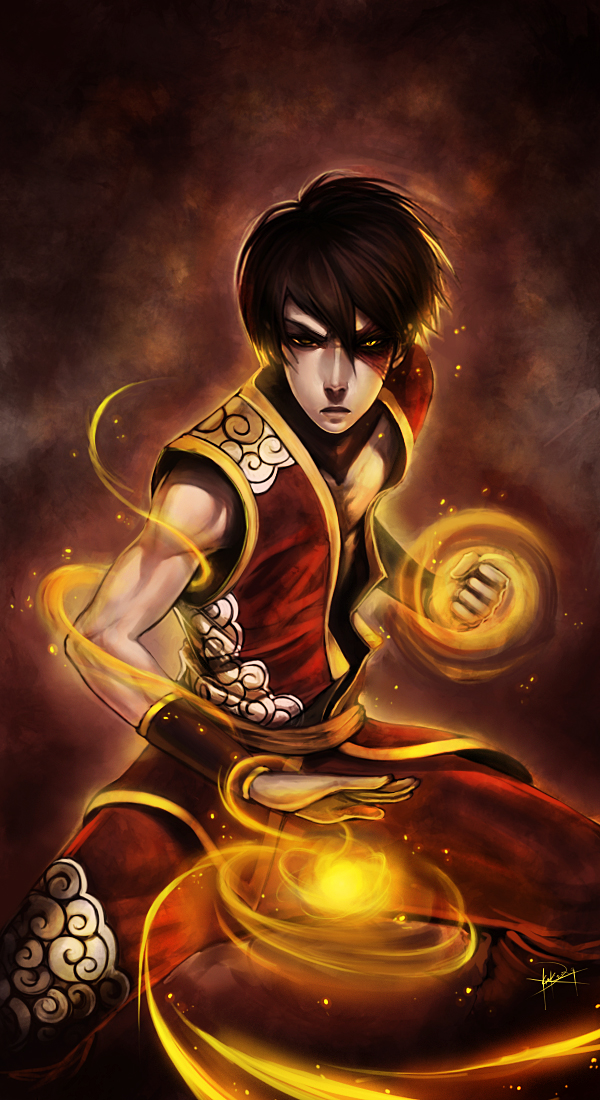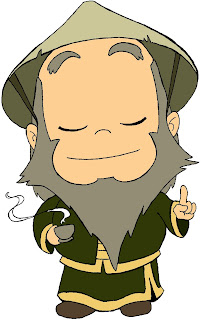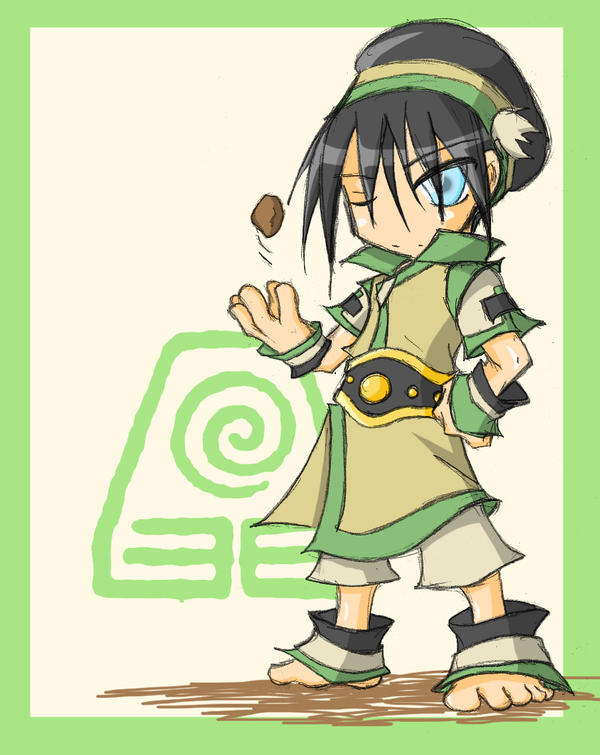 |
| EXPLOSIONS! Oh, and a story... |
Hello Geek Streakers! Boog here with another Flick Pick. More Sci-Fi this week, and foreign Sci-Fi at that. This week, I was reminded of a little polish/japanese film I had previously seen once before, due to a review online I saw by
another reviewer at another site. And while I enjoyed the review, I remembered the film very differently then he was presenting it. Frankly, I remembered it being terrible, and boring. So, I figured I would give it another chance, and take you along for the ride. Here is
Avalon. And yes, SPOILERS!, and pictures too.
What to say? Upon viewing it again, I agree with my initial thought about the sparseness of the story, and the the rather unbelievable aspects of the story(which I'll get into in a bit), are hard to take. That is coupled with rather straight-forward, no-frills performances by most of the actors, no real strong points among them. That said, the film has some great parts, mainly the sets, music, and overall visual structure of the film.
 |
| Sad building is sad.... |
First the film portrays the world the characters live in the harsh, muted darkness, or constant sepia tones, making the 'real world' rather harsh and uninviting, while the 'game world' of Avalon is almost always presented in full color, making it look vibrant, healthy, and exciting. It isn't very subtle, but it definitely works, and brings you into the action quickly. It can backfire somewhat, by making the 'real world' segments of the film seem out of place, by slowing the pace of the film with dialogue and exposition sequences. Their are some parts with VO narration, as well, but again, the film has a very staggered, deliberate pacing that can throw you off if you aren't ready for it. Then there are the basic Sci-Fi elements you expect in a film like this. With the apparent downfall of society(we never see any police, and aside from one clinic, no infrastructure of any kind), the pastime of the masses has become the illegal virtual reality war program 'Avalon'.
 |
| Yep, even your last million searches for porn.... |
Despite the fact that it's illegal, it seems millions play it, mostly in what looks to be underground LAN hubs, and the best players actually convert their points in-game to real world cash, allowing them to make a living pwning N00Bs online. Access to the game, and to literally everything else in the real world, is controlled through a chip that acts like a credit card, being swiped at various terminals to act as payment, when cash isn't accepted, and it basically carries all important information about the person inside it. This becomes a niggling plot hole for me, for, despite the lack of a shown police force, it seems that an illegal game that uses the same access card as least one food dispensary, and one bookstore/library (not sure which) shown in the film, it would be quite easy to track players through their other card activities. It feels there is film missing, something that would have explained more of what's going on, and it does hurt the film somewhat.
 |
| 10 Hrs?! For 1 Level? Talk about timewasting... |
The game even has a few things that seem out of place. The first is the Game Master, an avatar of sorts that acts as a vocal interface for the players, showing their results at the end of the sessions, and giving them a basic rundown on levels before they enter. He doesn't seem completely necessary, and comes off rather creepy, considering that players mostly disrobe before entering the game. He's played by Wladyslaw Kowalski, which only means something to the readers who follow Polish TV. He only ever shows up on the one screen, and only talks to the heroine of the film, and in the end, I truly believe adds nothing to the film.
 |
| Hello, I'm Ash. Now you die. |
Could have just used a voice instead, it would have done the same thing, without seeming like a creepy voyeur. We get introduced quickly to our heroine, a super badass solo player named Ash. We also get introduced to the concept of teams, as it seems that Ash was once in a team, called 'Wizard', that was known as the best, unbeatable team. Until, of course, they lost, causing the team to break apart. She is played by Malgorzata Foremniak, and is the second best performance of the film. She comes across as she is supposed to, strong, not very talkative, and very, very focused. Now Ash makes her living playing solo, because as a Warrior, she can do so easily. They talk about the class system a little more, but they don't go into what truly makes the classes different, as we find out that there are four classes :Warrior, Thief, Bishop, and Mage, and that a normal group consists of six players, one of each class, plus usually two extra warriors. Mages are only given a cursory mention towards the end of the film, Thieves are described as basically scouts and scavengers, and Warriors are obvious. We are told at one point that the most important skill of a Bishop is 'analyzing data', but we are never given an explanation as to how that works in game. Are they medics, as they name would suggest? They always seem to be team leaders, but of the three we see in the film, none of them show any skill or power that makes them any different than a Warrior. So, other than a plot point for the film, why have them? It's really irritating, and I'm sorry for ranting, but if you name a movie after a game you make up to be the center of a movie, the least you can do if give us a break down on the mechanics of the game, so we know what the hell is going on when we watch the sequences of the movie that are levels of the game. Okay, rant over. It's just that the movie feels unfinished, incomplete. The only mechanics of the film we are given, are the level system, and the plot point of a secret level hidden in the game, that everyone tries for, but the one that don't succeed become 'Unreturned', basically vegetables that require constant medical care, and are given such in a special clinic seemingly set aside for that purpose.
 |
| I am a Wi- I mean Dru- I mean Bishop. |
Our introduction to the main character ends with an introductory shot on an enigmatic figure, revealed later to be a Bishop, one that plays solo, like Ash, and peaks her interest. He is a pretty simple character, played decently by Dariusz Biskupski, but he isn't given much more than to be a vague plot device by the script. The worst part of his plot arc comes at the end, when he explains that 'Unreturned' become like viruses to the system, and the final level is a one-time mission to remove one of them from the game, by force. Doing so gets you something really special: an Admin position within the game. Really? The end all plot point is give someone the power of the banhammer? WTF, Avalon? That really seems freaking stupid. Even with the explanation that this system of Admin selection was decided on by the original programmers, it- wait, that's even more stupid! If that's the case, how is this game still running? As Bishop is the only admin we see, if successful, Ash would be the second. Of a game played by thousands, if not millions of people, of which there are at least hundreds lying braindead in comas because they failed the Admin entrance exam! No wonder this game is illegal! And we are supposed to agree with the main character, who wants to get to this hidden level for the sake of the plot!
 |
| Hi, I'm what you call a throwaway character. |
Speaking of plot, we get alot of it through exposition sequences in the real world, when Ash meets up with one of her former teammates, the Thief, Stunner, who has fallen on hard times since the team disbanded, as a Thief has a much harder time playing solo, which he has to because no one seems to want him on their team after the breakdown of Team Wizard. He is mostly played for comic relief, but most of his lines are just kinda sad, leaving you with genuine pity for this guy. His main function is provide Ash, and the audience, with just about every plot point in the film, then die so we can have a bit of emotion wrung out of the character. Sadly, I like his performance the best out of the characters in this film, but he does the least with a rather stock character. Here he is played by Bartlomiej Swiderski, and once again is mainly a Polish TV star.
 |
| If I were Ash, I wouldn't have bothered. |
One of those plot points involves the 'Unreturned', which is apparently what the leader of Team Wizard, a Bishop named Murphy has become since disbanding the group. It seems he wanted to go for the hidden level, and failed. Ash visits him, giving us a rather chilling visual of the downsides of the game, but she continues looking for the level herself anyway, now believing Murphy to be trapped in the level, and wanting to rescue him. Most of this search involves learning about a Ghost, a young, mute girl, who only appears on a certain level, and only in the presence of a sufficiently high level Bishop. Ash, being a Warrior, has the levels required, but can't switch classes without losing half of her experience. So she starts seriously searching for the phantom Bishop, and is rewarded when he shows up on her doorstep. Which now means I mention one of the highlights of the film: The main character's dog, a basset hound. You see, the director, who owns a basset hound himself, absolutely loves the breed, and inserts one into every film he does. It's his trademark. I don't mind because basset hounds are just about the cutest dogs ever.
 |
| See? Cute! But damn I wish I had his meal... |
His love of the animals also means that they generally eat better than most humans, a point that is commented on by one of the characters, and we get some rather pointless fluff shots involving close-ups of the animal, including a full 12 seconds devoted to the dog eating. Regardless, even the dog is rendered pointless, at one point it disappears, and other than a random cameo shot in the final sequence, which isn't real, we never see it again, or learn what happened to it. Makes me wonder why it's even here. Oh well. Ash learns of the Ghost, meets the Bishop, sets up a team to go through a mission with said Bishop to draw out the Ghost. Stunner comes along, sees the Ghost first, then gets shot and 'dies', while telling Ash what she needs to know to shoot the Ghost and enter the hidden level.
 |
| Admittedly, an extremely creepy, young girl, but... |
Oh yeah, a plot point is the virtual murder of a virtual 11-13 year old girl. And we're supposed to be okay with this. Sick programming choice, that's all I'm saying. Ash tracks her down, shoots her(three times, I might add), and enters the hidden level called 'Class Real'. This is where the film truly goes off the deep end. Bishop explains the parameters of her new mission, tracking down an 'Unreturned' and 'removing' them from the system (unexplained if that returns them to their body, or just kills off the mental side of them, their 'soul' if you will), and then leaves. Ash changes, following various obvious clues to an Opera House where she runs into... Murphy. Anybody who didn't see this coming, take fifteen shots, because it was pretty obvious. Here we are given a rather quick character motivation, going with a 'reality is what you make it' message, basically telling Ash that he wanted to be on his own, in a reality he liked, and disbanded the team to do so. He then tries to shoot her. Ash shoots first, giving Murphy ample time to talk to Ash about letting her decide her destiny. blah, blah, blah, before disappearing like every other death in the game world, proving that whatever they are in, it isn't real, negating the whole point of the conversation. Except that Ash seems to suddenly have an epiphany, and decides that Murphy was right about how reality works, but we don't learn if that means she is staying in 'Class Real' , or going home to never play Avalon again, or what have you. All in All a confusing end to a lackluster and confusing story, played out by stock characters, against AMAZING backgrounds, visuals and music.
 |
| Great Visual Director. Little short on story here. |
Director Mamoru Oshii, will be know to anime fans as the director behind Ghost in the Shell. And that's about it. He's directed other works, but most of it is anime that came out before 1990, so not that well known. While I will agree with most of the anime community that Ghost in the Shell is an extraordinary piece of work, I feel the reason why it works is because it's an anime series, and series of movies, allowing for a larger scale to play out gigantic storylines, with tons of characters and plot points to keep people interested. Avalon feels mostly like a rushed pilot for something on the scale of Ghost in the Shell, and that's a little disappointing. Especially considering the writer, Kazunori Ito. He worked with Mamoru on the Ghost in the Shell movies, and every .hack game, film, and TV show, ever. So he's used to writing stories involving a cyberworld existing within a real one, but it feels like a beta version here. Haphazard, incomplete. Like a dry run for something better. The main thing I can definitely praise here is the music. Kenji Kawaii does very well here, playing tunes like his GitS work, operatic and classical in nature, driven by strings and choral vocals, giving a sense of epic scale to the proceedings. And Kenji happens the most accomplished of the anime crew here, having worked on GitS (of course), as well as all of the Death Note films, and two of my old favorites in the world of anime: Vampire Princess Miyu, and Project A-Ko. So in closing, an exceptional soundtrack driving some impressive visual work, are used as the wrappings of a story and characters that just don't quite deliver. If you're a diehard Sci-Fi fan, go ahead and check it out, you'll probably enjoy it. Otherwise, I'd steer clear. Now to go find something exciting, more like a thriller....














































